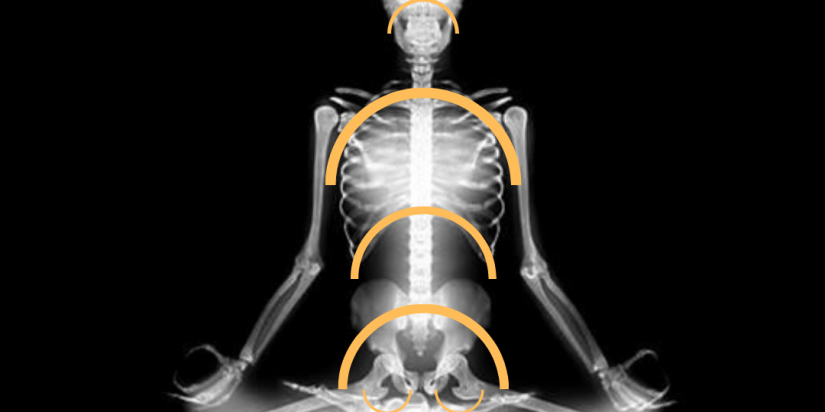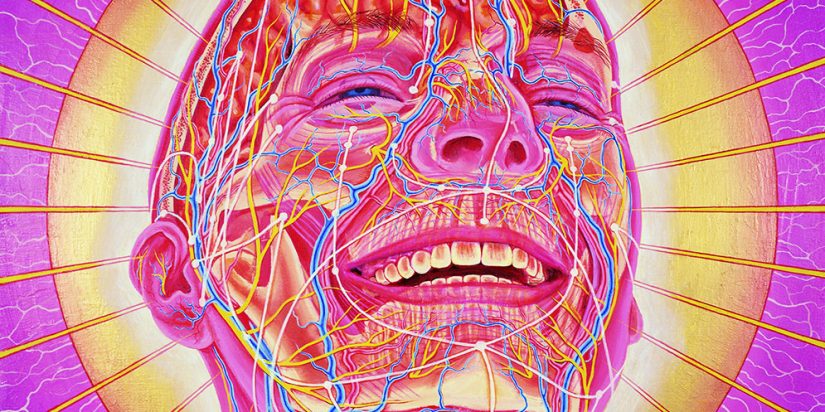Foundations of Yoga Asana “While you are disturbed by your body, your nerves will become disturbed and you cannot concentrate the mind” (Vivekananda Patanjali Sutras, 2: 46-48) Yoga Asana is one part of the 8 limbs of Yoga. It is often interpreted as Yoga posture. These Yoga postures are built upon spiral and arch forms. Learning
Leer más...

